If you’re searching for a unique, heirloom fruit tree to add to your garden, the medlar (Mespilus germanica) is a hidden gem. Often overlooked in modern orchards, this ancient fruit tree offers charming blossoms, quirky fruit, and a storied history dating back to Roman times. Native to southwest Asia and southeastern Europe, medlars have found their way into American specialty gardens — especially in areas with temperate climates.
In this guide, we’ll cover everything you need to know about growing medlar trees in the USA: from choosing the right planting site and caring for your young tree to harvesting and enjoying its unusual fruit.
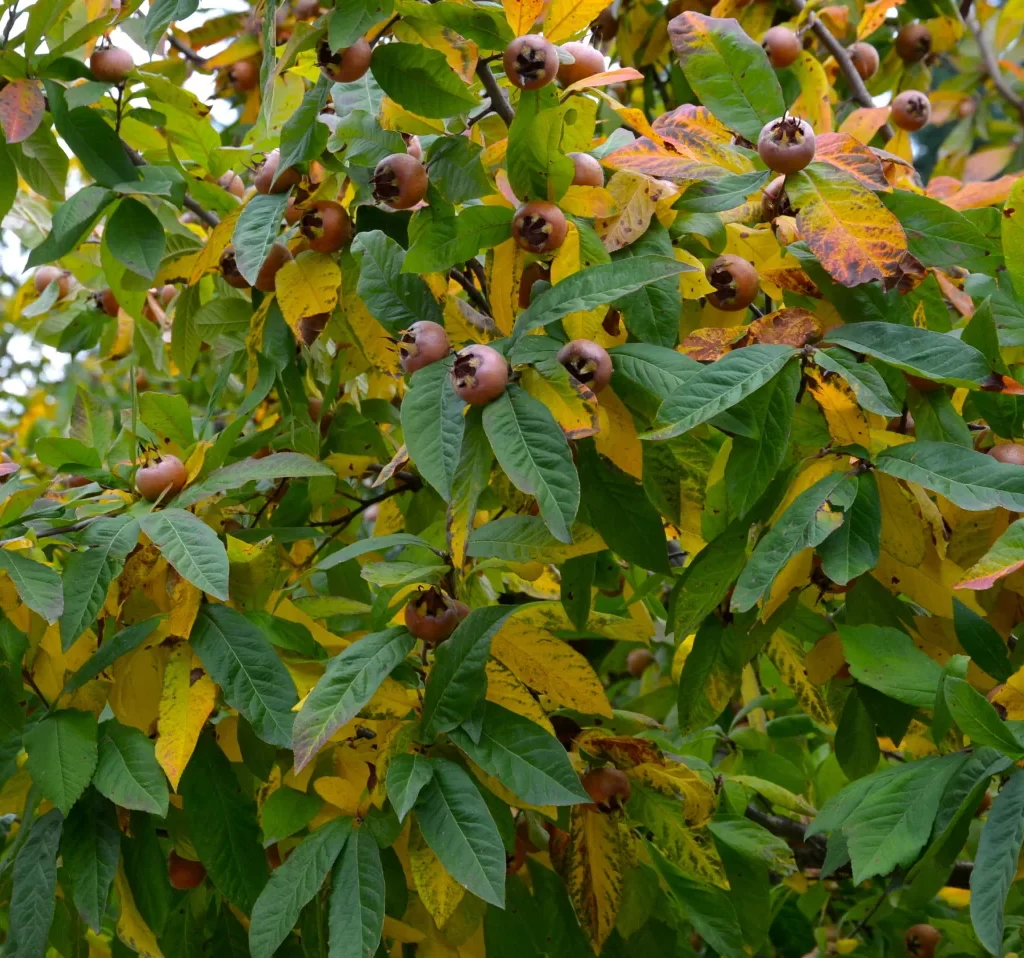
What Is a Medlar Tree?
Medlars are small, deciduous fruit trees belonging to the Rosaceae family, making them relatives of apples, pears, and quinces. The trees typically grow between 10–20 feet tall and are prized for their attractive, twisted branches and broad, dark-green leaves that turn rich bronze in the fall.
The medlar fruit looks like a cross between a small apple and a rosehip — brownish in color and about 1–2 inches wide, with a star-shaped open calyx at the end. The fruit is inedible when first picked and requires a ripening process called bletting, where it softens and sweetens, developing a rich, spiced flavor often compared to applesauce, dates, and cinnamon.
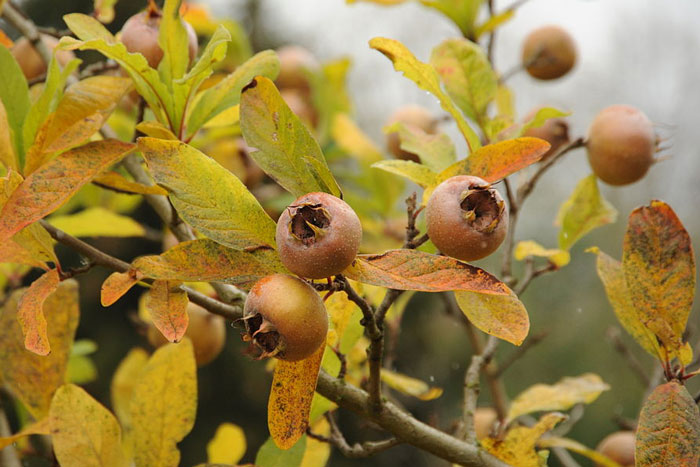
Ideal Growing Regions in the USA
Medlars thrive in USDA Hardiness Zones 5–8, making them suitable for much of the northeastern, midwestern, and Pacific coastal United States. They appreciate cold winters for proper dormancy and moderate summers. Regions like the Pacific Northwest, parts of New England, and northern California are particularly well-suited for medlar cultivation.
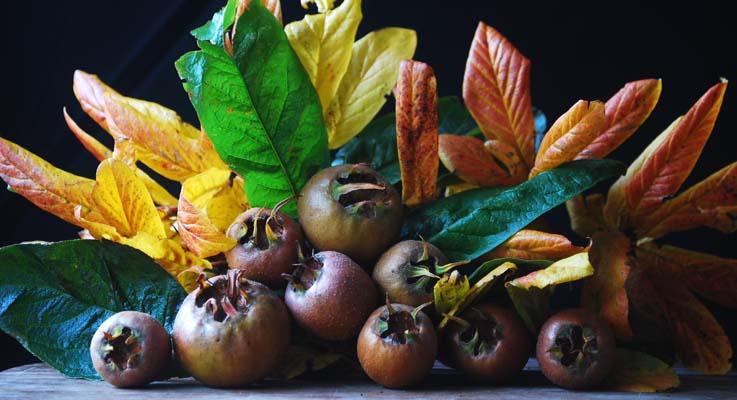
Choosing a Planting Site
Medlars prefer full sun, so choose a location where your tree will receive at least 6–8 hours of direct sunlight per day. While they can tolerate partial shade, fruit production will be reduced.
Soil Requirements:
- Well-drained, loamy soil is ideal.
- Soil pH should be neutral to slightly acidic (around 6.0–7.0).
- Avoid waterlogged or heavy clay soils.
If your soil tends to retain water, consider planting medlars on a mound or raised bed to improve drainage.

How to Plant a Medlar Tree
When to Plant:
The best time to plant medlar trees is in early spring or fall when the weather is cool and the tree can establish roots without the stress of summer heat.
Planting Instructions:
- Dig a hole twice as wide and just as deep as the tree’s root ball.
- Loosen the soil at the bottom and sides of the hole.
- Remove the tree from its container and gently tease out the roots if they appear root-bound.
- Place the tree in the hole so that the top of the root ball is level with the surrounding ground.
- Backfill the hole with a mix of native soil and organic compost.
- Water thoroughly to settle the soil around the roots.
- Apply a 3-inch layer of mulch around the base, keeping it a few inches away from the trunk to avoid rot.
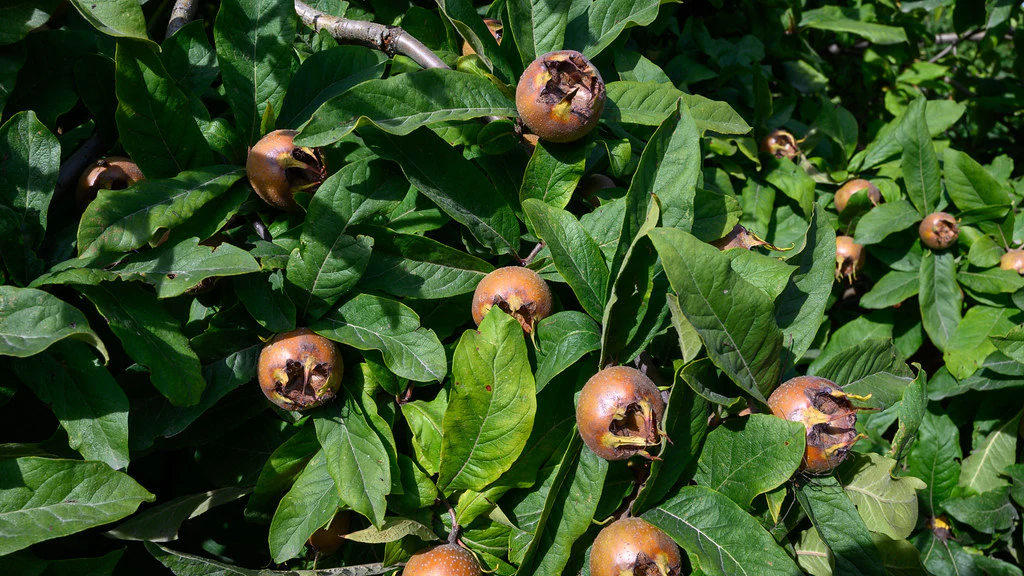
Caring for Your Medlar Tree
Watering:
- Water young trees deeply once a week during dry periods.
- Established trees are drought-tolerant but will benefit from occasional deep watering during prolonged dry spells.
Fertilizing:
- In early spring, apply a balanced 10-10-10 fertilizer following package instructions.
- Avoid over-fertilizing, as excessive nitrogen can lead to lush foliage but poor fruiting.
Pruning:
- Medlars require minimal pruning.
- Remove dead, diseased, or crossing branches in late winter.
- Lightly shape the tree to maintain an open canopy for good air circulation.
Pest and Disease Management:
Medlars are relatively hardy and resistant to many common fruit tree pests. However, keep an eye out for:
- Aphids
- Fire blight (bacterial disease)
- Canker
Use organic sprays or insecticidal soap if infestations occur, and prune out infected branches promptly.
Pollination and Fruit Production
Most medlar varieties are self-fertile, meaning a single tree can produce fruit. However, planting a second tree nearby can enhance yields.
Medlars bloom in late spring with large, white, five-petaled flowers that are pollinated by bees and other insects.
Fruit begins forming in summer and is typically ready for harvest in late fall, around October or November.
Harvesting and Bletting Medlars
How to Harvest:
- Medlars should be harvested when they are firm and fully colored (golden-brown to russet) but before frost.
- Clip them from the tree with a small stem attached to avoid damage.
Bletting Process:
Freshly picked medlars are hard and sour. To make them edible:
- Place the fruits in a single layer in a cool, dark, and airy spot (like a shed or garage) or store them stem-side down in a shallow tray.
- Allow them to soften over 2–3 weeks until the flesh turns dark and feels mushy to the touch.
- At this stage, the flavor is sweet, spicy, and perfect for eating fresh, making jams, or adding to desserts.
Popular Medlar Varieties
A few medlar cultivars are particularly well-suited for home gardeners in the USA:
- ‘Nottingham’: Highly regarded for its heavy cropping and excellent fruit flavor.
- ‘Royal’: Large, flavorful fruits; vigorous growth.
- ‘Dutch’: Traditional European variety with rich, spicy flavor.
Using Medlars in the Kitchen
Once bletted, medlars are surprisingly versatile:
- Eaten fresh with a spoon
- Made into rich, tangy jellies or jams
- Baked into tarts and pies
- Combined with spiced wine or cheese platters
Historically, medlars were considered a winter delicacy in medieval Europe, often enjoyed around Christmas.
Final Thoughts
Growing medlar trees in the USA is a rewarding endeavor for gardeners interested in unique, historical fruits. With their attractive shape, cold-hardiness, and fascinating fruit, medlars can become the conversation piece of your home orchard. Though relatively easy to grow, these trees offer a touch of old-world charm and a culinary curiosity that’s well worth the wait.
If you have a sunny spot in your garden and a little patience for the bletting process, medlars could soon become your favorite late-autumn treat.

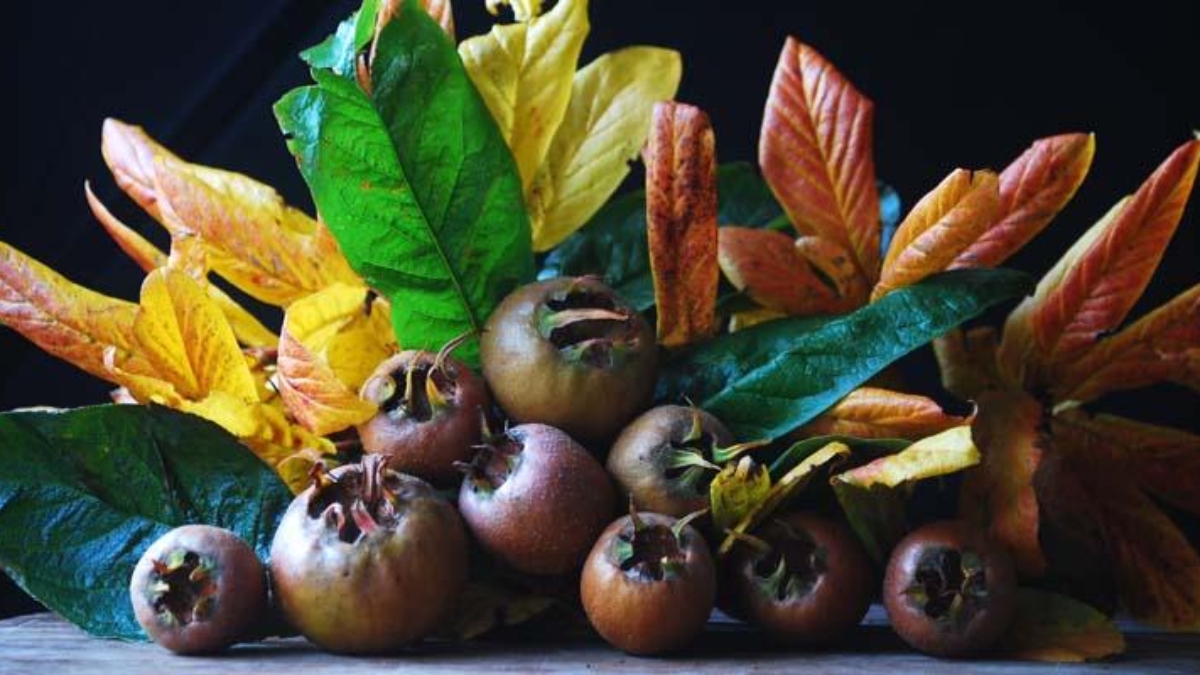




Leave A Comment